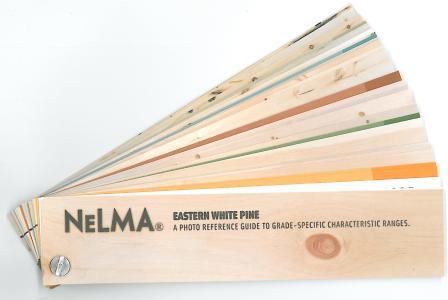
One of North America’s most valuable tree species, in use for building projects since the first English settlers arrived in the Northeast, Eastern White Pine plays a crucial role in many of our nation’s forests. More than a century of intense logging devastated the pristine stands of Eastern White Pine that once dominated the entire Northeast and Great Lakes Area, from North Carolina to Nova Scotia, but responsible forestry practices have brought them back in impressive numbers. Today, Eastern White Pine forests that are maintained for commercial harvests provide a haven for wildlife, and help other tree species flourish, too.
Though it’s typically grown for its timber value, since it’s such a popular choice for furniture, lumber, doors, cabinets, trim, siding, crafts and other uses, Eastern White Pine also provides seeds, bark and foliage for wildlife to consume. Animal species like bears, mice, squirrels, porcupines, deer, pocket gophers and birds are drawn to forests containing these trees thanks to the abundant food and shelter they have to offer.
While the white pine weevil poses a definite threat to the species, forests that are managed using shelterwood silviculture systems help protect against large-scale forest devastation. Shelterwood silviculture harvests trees in a progression of cuttings, allowing new seedlings to be established under partial shade. Subsequent cuttings give the new seedlings light and growing space, removing the older, taller trees once they have reached the standard log size while trees in other stages of growth remain in place. You can learn more about silviculture in a report by the Northeastern States Research Cooperative (NSRC), which studied the practice in Maine forests.
Eastern White Pine is also typically planted in mixed hardwood forests instead of single-species plantations, helping to protect biodiversity by attracting and protecting a greater variety of wildlife species and improving soil health. Find out why sustainable forestry is crucial to the future of wood, and to reducing the effects of climate change.


